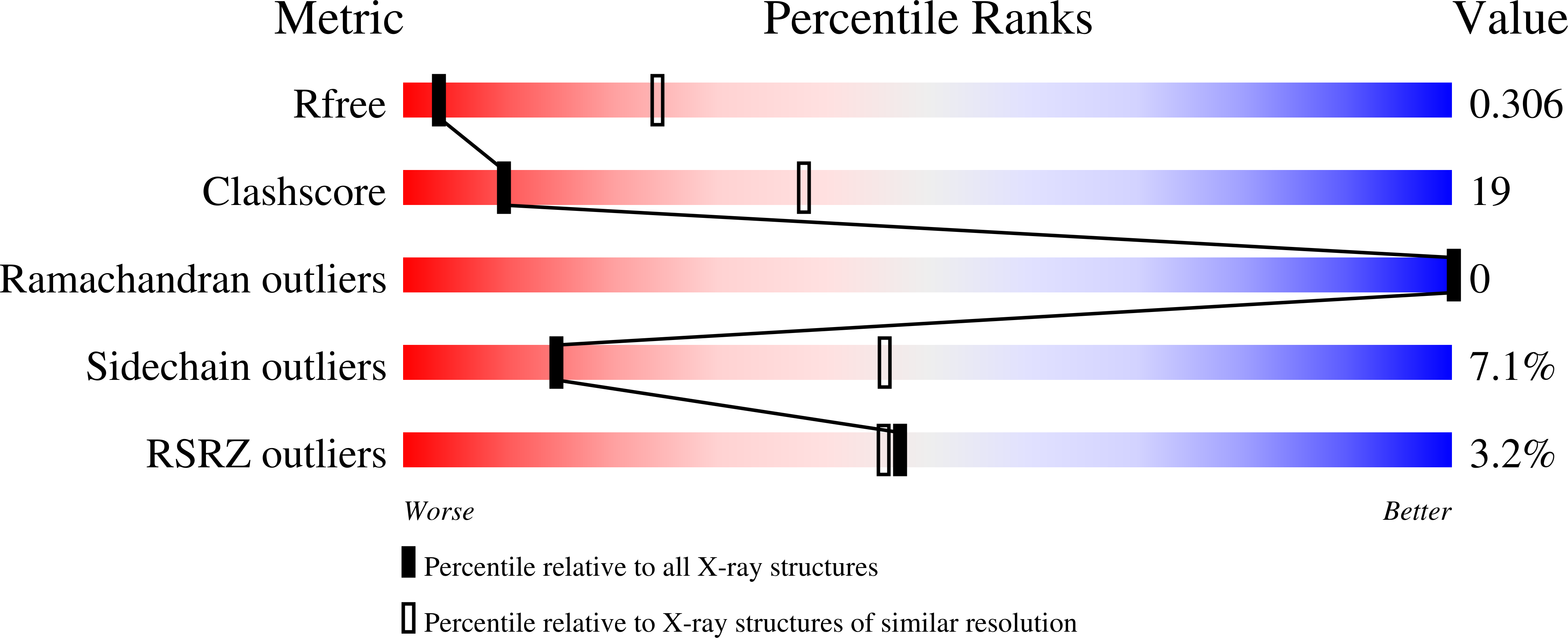
Deposition Date
2022-01-04
Release Date
2022-06-29
Last Version Date
2023-10-18
Entry Detail
PDB ID:
7TEC
Keywords:
Title:
Structure of the Listeria monocytogenes GlnR-DNA complex to 3.45 Angstrom
Biological Source:
Source Organism:
Listeria monocytogenes (Taxon ID: 1639)
synthetic construct (Taxon ID: 32630)
synthetic construct (Taxon ID: 32630)
Host Organism:
Method Details:
Experimental Method:
Resolution:
3.45 Å
R-Value Free:
0.30
R-Value Work:
0.26
R-Value Observed:
0.27
Space Group:
P 2 2 21


